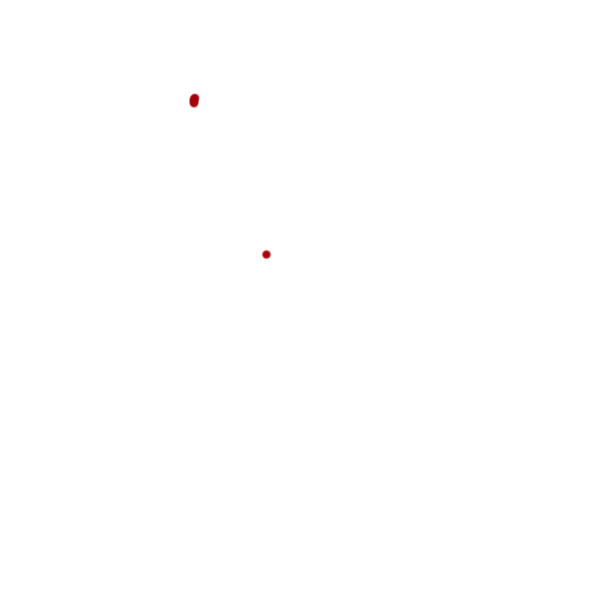數字王國如何為《尚氣與十環傳奇》打造一座以心碎為主題的堡壘
2021年09月17日完成了近 250 個鏡頭,包括數碼替身、CG 汽車和難忘的逃亡洛杉磯 - 2021 年 9 月 17 日 - 在漫威影業的最新故事片《 尚氣與十環傳奇》中,該片的反派文武(梁朝偉飾)與漫威電影宇宙 (MCU) 中的大多數反派不同。
這個古老的角色在一個已經存在了幾個世紀的偏遠堡壘中運作,多年來,它不斷發展和變化,反映了他的愛和損失。
這是一個不斷變化的流體結構,由漫威影業的長期合作者、奧斯卡獲獎視覺特效工作室 Digital Domain 創建和編輯。
“當我們第一次聽說漫威影業計劃用新型英雄來創作像 《尚氣 》這樣的電影時,我們知道這將是一件特別的事情,我們很高興能成為其中的一員,”數位王國視覺特效總監 Hanzhi Tang 說。
“聽到評論家和粉絲的反應真是令人難以置信地欣慰,我們很自豪能發揮作用。” 獨一無二的堡壘 在《尚氣》的製作初期,他們就聯繫了數位王國,並要求他説明向觀眾介紹電影中最重要的地點之一——文武大院。
該序列跟隨一架直升機飛越偏遠且無人居住的荒野,除了最堅定的人之外,所有人都無法進入。
但是,電影製作人沒有進行艱苦且預算有限的外景拍攝,而是要求數位王國以數位方式創建整個開場場景,從地面到天空,以及堡壘本身。
數位王國與漫威影業的藝術部門合作,開始使用紐西蘭無人居住區的調查數據來構建景觀。
藝術家與電影製作人合作,使用Maya和 Houdini 創建了多次反覆運算的 CG 景觀。
藝術家們對岩石和植被的精確外觀進行了實驗,最終創造了一個完整的森林。
然後,他們添加了薄霧和多雲天空等環境效果,利用 Redshift 和 GPU 渲染來處理大量細節並允許更快的反覆運算。
然後,數字王國添加了一架直升機,該直升機成為場景的焦點,以及整個景觀的運動印象。
為了創建複合體本身,數字王國在物理佈景中結合使用了 CG 和實時鏡頭。
在完全使用 CG 創建的空中介紹性外觀之後,該地點包括一系列板上的鏡頭和實景動作。
藝術家最初收到了庭院的 LiDAR 掃描,其中包括佈景上方的藍屏。
由於現場表演集中在庭院上,藝術家們隨後添加了大院的其餘部分,創造了一種反映該地點幾個世紀以來擴張的外觀。
隨著場景設定在 1996 年,藝術家們還添加了適合那個時代的技術和設備。
在跳到現代之後,電影回到文武的大院,發現它發生了重大變化,反映了角色的心碎和憤怒。
使用原始模型,數字王國的藝術家更新了外觀,賦予其軍國主義和不祥的感覺。
這個大院已經變成了比家更堅固的堡壘,以數位方式添加了新的防禦和武器,並移除了反映 90 年代的過時元件。 然後,電影再次回到大院進行最後一個鏡頭,藝術家們再次更新了地點以反映情況的變化,並對其進行了現代化改造以適應新時代,包括現代藝術品、電信塔和去除了許多以前添加的更具侵略性的功能。 逃離化合物 數字王國還幫助創造了尚氣(劉思慕飾)和他的盟友逃離了它。
在被迫返回他以前的家后,尚氣帶領一群人來到一個巨大的集結區,裡面停滿了數十輛車。
選擇一輛 BMW X3 逃生后,樂趣就開始了。
從複合序列中逃脫是實際和數位效果的混合,從寶馬本身開始。
為了捕捉 BMW 中角色的表演,SUV 的車頂被拆除,後來由數位王國的藝術家取代。
寶馬本身也是用數位方式重建的,還有一對摩托車和一輛裝甲運兵車 (APC),使用從片場發送給藝術家的 LiDAR 掃描和製造商提供的 CAD 檔。
數字王國還對結構進行了額外的潤色,包括遠處帶有伺服器機房和遠處電源的窗戶。
在暴力追逐中,駕駛一對摩托車的特技表演者被數字人類替代品和車輛的 CG 模型所取代。
然後,電影製作人能夠展示騎手們遭遇灰熊的命運,否則使用實際效果將無法實現這種命運。
然後,追逐以 BMW 險些逃脫而告終,而 APC 撞上了一扇混凝土門。
為此,電影製作人使用了一輛真實的車輛,並在高速碰撞中進行了錄製,數位王國增加了數字裝飾。
數字王國總共為這部電影製作了近250個鏡頭。
除了外部和逃離堡壘,視覺特效工作室還幫助更換了幾個場景中的十個圓環,使它們看起來更加自由流動,在整部電影中增加了幾個服裝更換,還為他的非戰鬥場景更換了剃刀拳演員弗洛裡安·蒙蒂亞努 (Florian Munteanu) 的手。
“與漫威影業合作使我們能夠以從未想過的方式展示我們的創意力量,每個新專案都讓我們在大銀幕和小銀幕上嘗試一些新的東西,”數位王國全球視覺特效總裁 John Fragomeni 說。
“隨著他們不斷突破視覺敘事的界限,它幫助我們嘗試新技術並開發新技術,從我們的劇集到我們的廣告,再到我們的數字人類等等,這些技術都使方方面面受益。” 《尚氣與十環傳奇 》是漫威影業和數位王國之間十多年合作的最新合作。
該工作室的下一部 MCU 作品將出現在《 蜘蛛俠:英雄無歸 》和《 瘋狂多元宇宙中的奇異博士》中。 尚氣與十環傳奇 現在只在影院上映。 關於數位王國 數位王國創造了定義類型的體驗,這些體驗具有娛樂性、資訊性和啟發性。
在過去的 25 年裡,該工作室已經確立了自己在電影視覺效果行業的領導者地位,擴展到包括劇集、預演、廣告、遊戲電影和體驗,同時還推動了虛擬製作技術的發展。 數位王國也已成為數位人和虛擬實境的先驅,為每家主要工作室製作了數百部大片故事片、數千部廣告、音樂視頻、遊戲電影以及世界知名導演和品牌的數字內容。 數位域是視覺效果和優質內容的創作力量,為包括《泰坦尼克號》、《本傑明·巴頓的好奇案例》和大片《準備玩家一號》、《復讎者:無限戰爭》和《復讎者:結局》在內的電影帶來了藝術和技術。 員工藝術家贏得了 100 多個主要獎項,包括奧斯卡金像獎®、Clios 獎、BAFTA 獎、戛納國際創意節和 VES 獎。 數字王國成為首家成功進軍大中華地區的好萊塢獨立視覺特效工作室。 2018年,數位域名收購了中國VR硬體設備的先驅和領軍企業之一——深圳VR技術控股有限公司("3Glasses")。 數字王國在洛杉磯、溫哥華、蒙特利爾、北京、上海、深圳、香港、台北及海德拉巴均設有辦事處。 數碼域控股有限公司在香港聯交所上市(股票代碼:547)。
數位網域名稱 :www.digitaldomain.com 數字王國: www.digitaldomain.com


